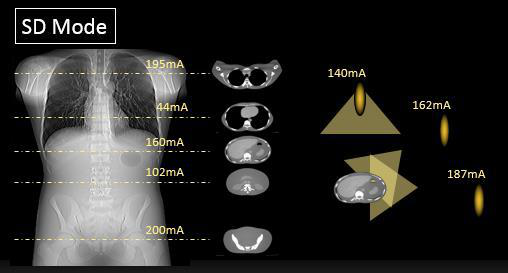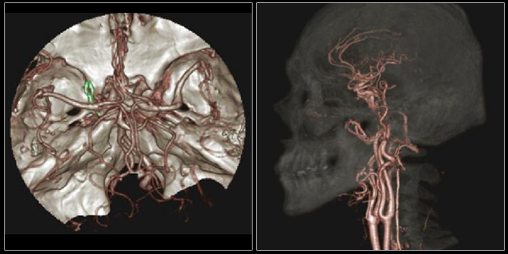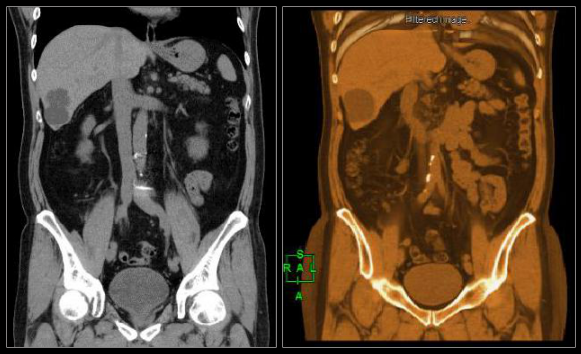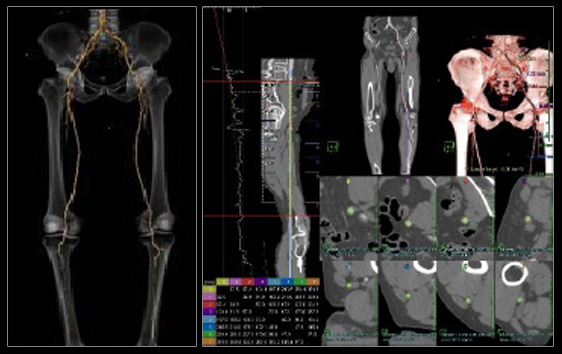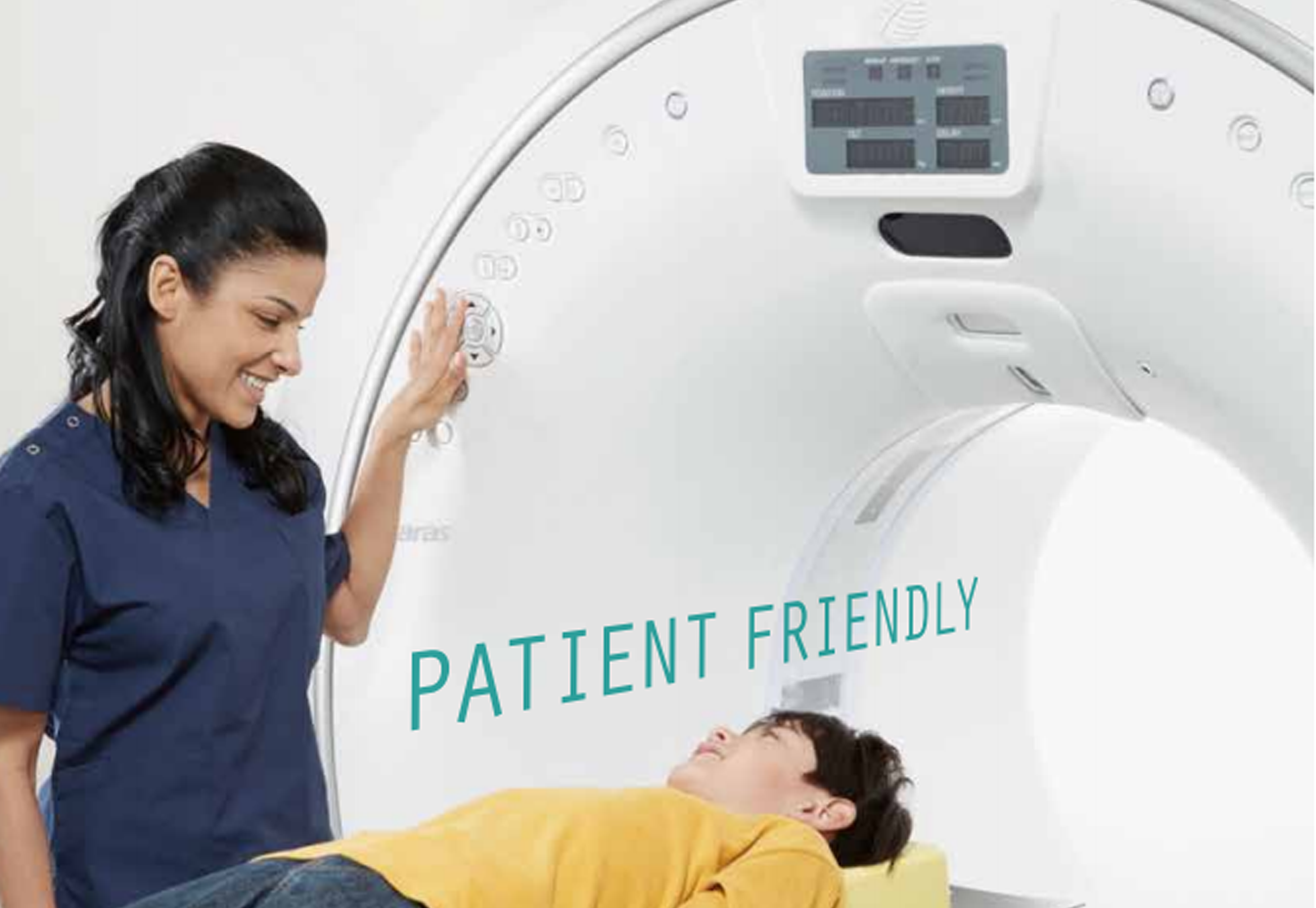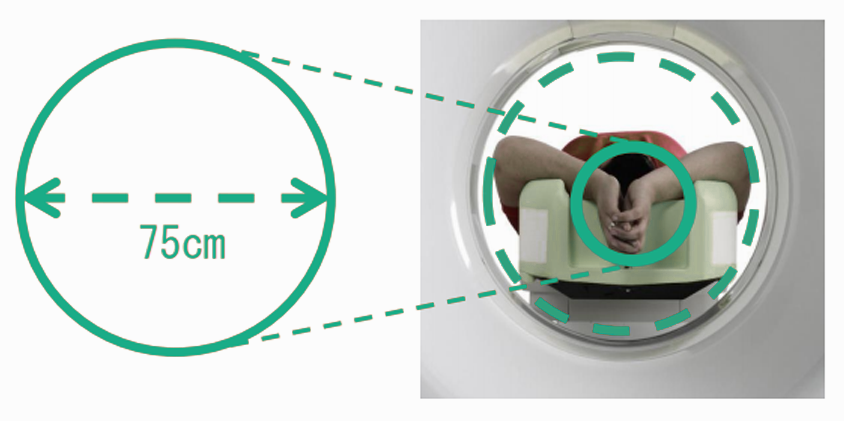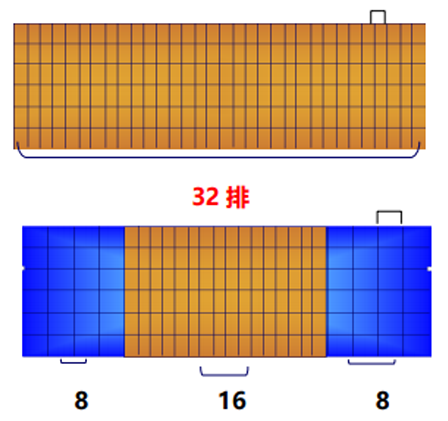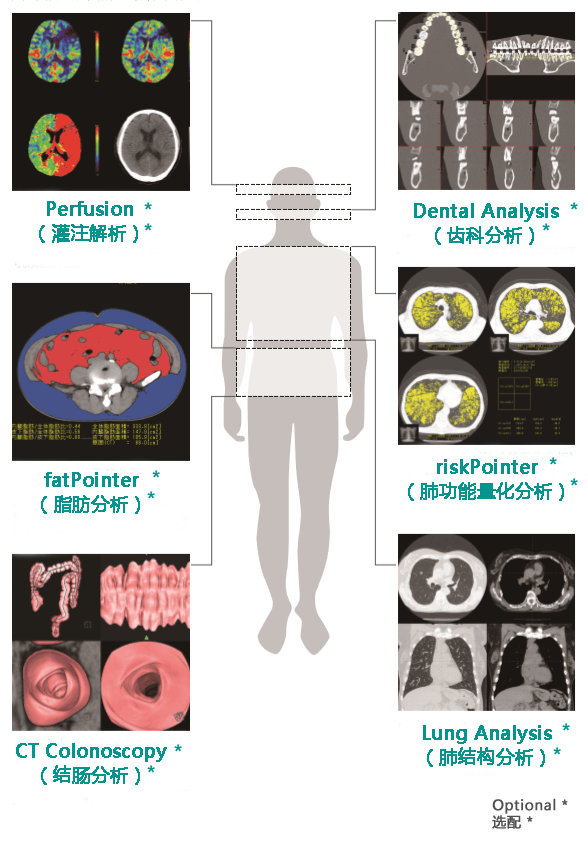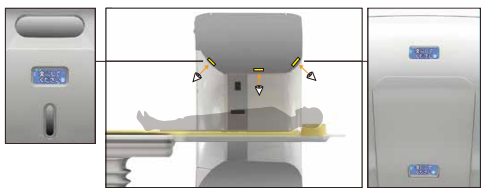Application of unique high-speed data processing system, truly realize multi-functional parallel processing. All multi-slice CT scanning and image reading can be completed without an external workstation.
The design concept includes the extensibility of the system and high-speed data processing capabilities.
Tasks such as image reconstruction, 3D image processing, image analysis, and data transmission to the optical disk are all completed while scanning.
The speed of Reconstruction is fast, real-time displays level changes.
Help the doctor to adjust the scanning field in time, enhance the choice of scanning time and the position of the patient, thereby improving the flow of the patient and achieving the best contrast effect.
Reconstruction filter function: more than 250 kinds
Can process at least 4 sets of data at the same time
For the data obtained by each scan, 4 groups of different window widths and levels can be automatically displayed and photographed.
(For example: lung examination shows bone window and mediastinal window at the same time)
Image display processing: multi-frame display; zoom-in (real-time); image rotation; left-right swap; correction; annotation; minus/plus; edge enhancement/smoothing; multi-layer image accumulation
Movie display: dynamic observation of the chest or motion imaging.
Image analysis and processing: distance and angle measurement; CT value measurement; ROI Setting; CT value display; range display; volume measurement
3D display: It can display images of any section. The 3D images imaged in various ways include volume 3D, surface 3D, maximum and minimum 3D, transparent method 3D, etc.
It can automatically take photos of any post-processing results, and its image preview can be used for image management, window width and level adjustment and photo page arrangement before printing.



